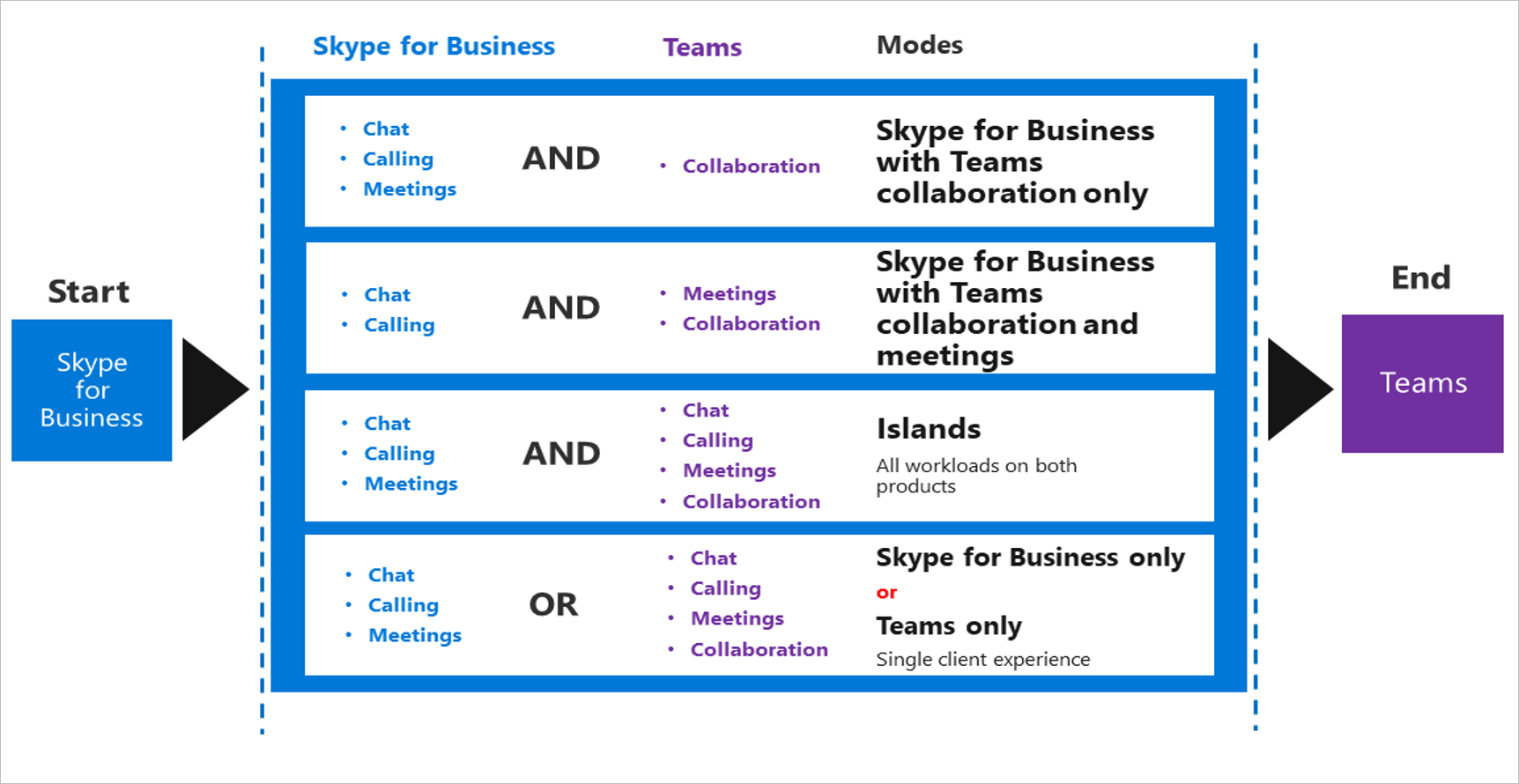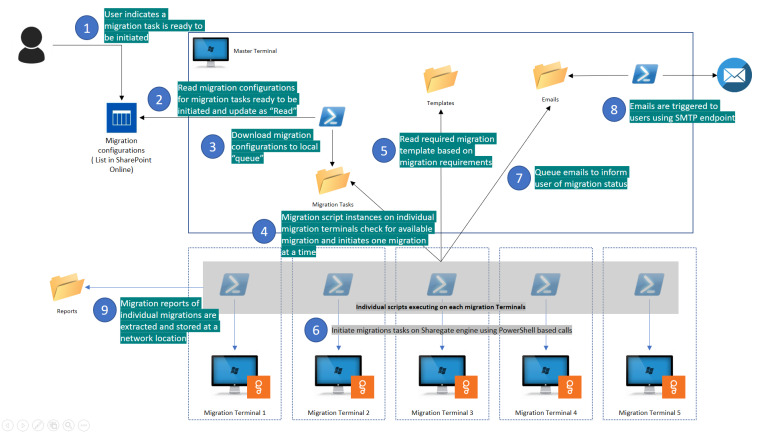Programmatically deploy and add SharePoint Framework Extensions using SharePoint CSOM and PowerShell
In the previous blog here, we looked at how to deploy and install SharePoint Apps. Now let’s look at installing SharePoint Framework extensions – Listview command sets programmatically.
SharePoint CSOM
SharePoint Framework has three type of extensions that could be created – Application customiser, Listview command sets and Field customisers. In this blog, we will look at adding list view command sets programmatically.
Listview command extensions are actually custom actions installed in a library or list.… [Keep reading] “Programmatically deploy and add SharePoint Framework Extensions using SharePoint CSOM and PowerShell”






